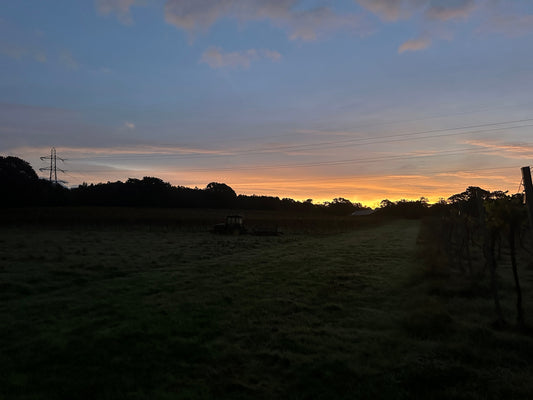The digestive system of deer is a complex and finely-tuned mechanism that supports their herbivorous diet. It's designed to efficiently process a variety of plant materials, extracting essential nutrients required for energy, growth, and overall health. This article explores the anatomy of the gastrointestinal tract and its pivotal role in digestion, alongside common issues such as parasitic infections and bloat that may afflict the digestive system of deer.
Gastrointestinal Tract Anatomy:
The gastrointestinal tract of deer, from mouth to rectum, is designed to effectively break down plant materials into absorbable nutrients. The process begins in the mouth, where food is initially masticated. Salivary enzymes commence the digestion process even before the food reaches the stomach. The esophagus transports the masticated food to the rumen, the first chamber of the four-chambered stomach, which serves as a fermentation vat. Here, a symbiotic relationship with microorganisms begins the breakdown of complex plant carbohydrates.
The reticulum, the second chamber, works in conjunction with the rumen to further ferment the ingested material. The omasum, the third chamber, absorbs water and other substances from the digesta before it moves to the abomasum, the fourth chamber, which functions similarly to the human stomach, secreting acids and enzymes to further digest the food.
Post-stomach, the digesta moves into the small intestine, where the majority of nutrient absorption occurs. The large intestine and cecum further process the material, absorbing water and forming faeces, which are eventually excreted through the rectum and anus.
Common Issues:
Parasitic Infections:
Parasitic infections are a common ailment in deer populations. Internal parasites such as gastrointestinal worms can significantly impede the digestive process, leading to malnutrition, weight loss, and in severe cases, death. The ingestion of contaminated food or water is the primary route of infection.
Bloat:
Bloat is a condition characterized by the accumulation of gas in the rumen-reticulum, which can cause discomfort and, in severe cases, can be life-threatening. Bloat typically occurs when deer consume legume-rich pastures or when there's a sudden change in diet that disrupts the normal function of the rumen microbes.
Understanding the anatomy and common issues afflicting the digestive system is crucial for ensuring the health and welfare of deer populations. A well-functioning digestive system is not only imperative for the deer's survival but also for maintaining a healthy and balanced ecosystem. By identifying and addressing common digestive issues, and by promoting practices that support digestive health, landowners and deer managers can contribute significantly to the preservation and well-being of deer populations across the UK.




